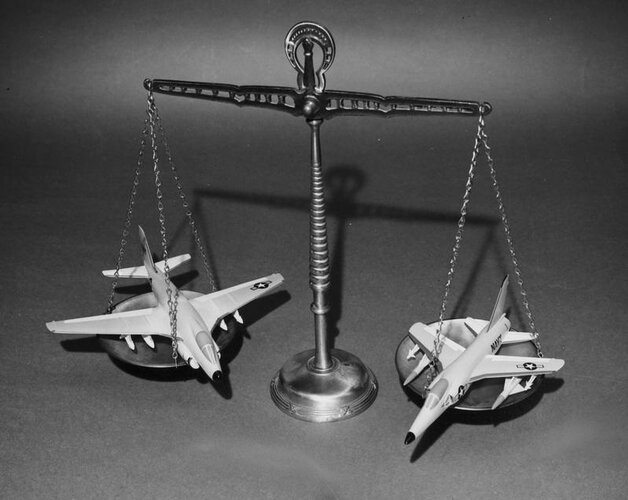They just got the Thunderstreaks in '55. About half got replaced by the F-104's in '64. The other half stayed active until 1970. when they got enough F-5's. Under the "current" circumstances, I would be looking to simply get anything I could get my hands on. Even RAF Venoms or Vampires -- I'd just want to find something in theatre that some one is willing to give up, and I can get into service quickly.
They likewise, just got their hands on the Sea Hawks in 1957. The Sea Hawk performed well enough in the Suez Crisis, that I'm not sure how "urgent" they would view the replacement. It's still in production until 1961! Obviously, faster, more advanced is better, but as one recent SecDef noted, "You go to war with the army you have, not the army you might want or wish to have at a later time".
Interesting note I learned with the Sea hawks is that they came out of the NATO pool-funding. I'm not sure where the money comes from for more advanced replacements. Here's another opportunity with the RN has already started to transition to new types, so there might be Sea Hawks in theatre for delivery available as things like the Scimitar and Vixen arrive.
Given the West's combat record against developing countries with the MiG-15's, -17's, and -19's, with transonic fighters, I don't know if anything else is even needed until the MiG-21 shows up. Then the game changes, but that's a few years away, even for India. And in the case of India, while the MiG-21 (combined with Hunters and Gnats) clearly outclassed the Pakistani Canberra's, Sabres, Starfighters, it wasn't exactly a one-sided bloodbath in 1965. They held their own (or better, depending on who you want to listen to haha).



